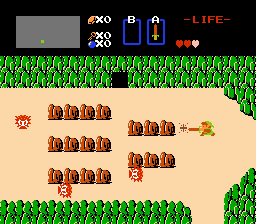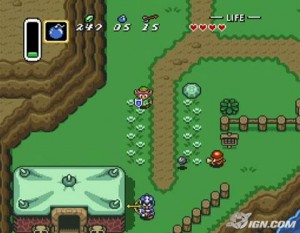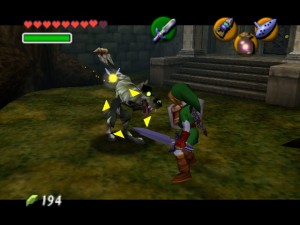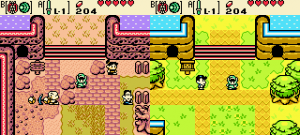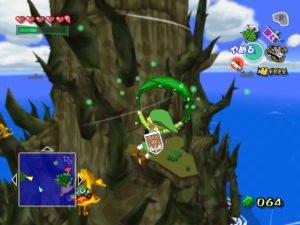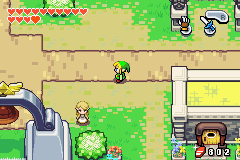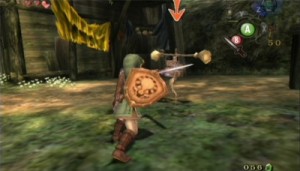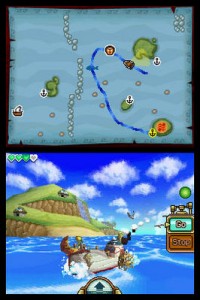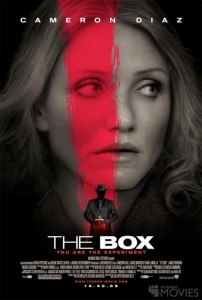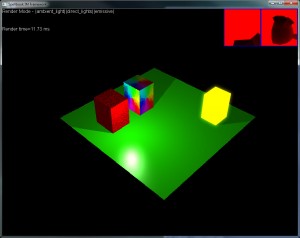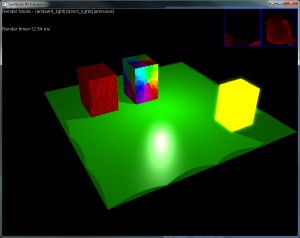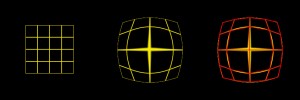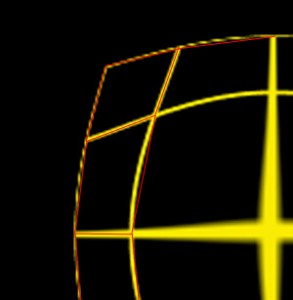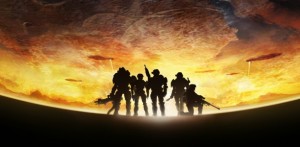The year was 1986… and a game series that for many has the best games ever was born!
I’m talking about “The Legend of Zelda” series, in it’s various incarnations… This series was the reason I bought consoles (I bought the Game Boy because of the Oracle games, the N64 because of “Ocarina of Time”, the Gamecube because of “The Wind Waker”, the DS because of “Phantom Hourglass” and the Wii because of “Twilight Princess”).
Created by Shigeru Miyamoto (almost a household name) and Takashi Tezuka, the series was always a mixture of action, light-RPG and puzzle solving game mechanics.
This game really shook (and continues to rock) my world; when I start to play a Zelda game, I can’t let it go…
Can’t exactly explain why the game appeals to me so much… the story is pretty basic (and it’s more or less always the same from game to game), the graphics aren’t top-notch, the sound is passable (except for the music, but more on that later) and the game lacks depth (for the current standards)… So why is “Legend of Zelda” so good?
It all boils down to gameplay: the puzzles are interesting, the fighting is simple yet complex enough, the controls are very good and responsive… the game immerses you in that simple fantasy world and doesn’t let it go. I think it acts on that child-like part of your brain, since the basic story/area design is very akin to a child’s story, without tons of backstory and lore to read and memorize, etc… Not saying that is normally a good thing (God knows I love a good story and rich universes!), but in the case of “Legend of Zelda”, it all comes together in a very compelling way…
And this is not me… “Legend of Zelda” games have been awarded by several websites and magazines the titles of best games of the year/ever, and no top-ten best games lists of blogs and sites everywhere can be complete without at least a “Legend of Zelda” game in it!
The main highlights (for me) of the series:
Although this was the first game in the series, it was the second I played… I started with “A Link to the Past”, and only later I got access to a NES and could play this one… Since I was used to the SNES graphics of “A Link to the Past”, the graphics looked terrible, but the basic playability was there (in a much simpler form)… I had fun with this, but it’s far from the brilliance of “A Link to the Past”.
As I said, this was the first Zelda game I played, back in 1991… and it was totally awesome… it was one of the games that had more impact on me, gameplay wise… I could go on for hours in what makes this game brilliant, but lots of people throughout the net can do a better job at it than me! The graphics were beautiful for the time (on par with the graphics on my Commodore Amiga) and the gameplay was amazing… it was the first game I remember playing that you would get new weapons and skills throughout the game, and that was an amazing experience… I couldn’t wait to get to the new dungeon and get new stuff, or to revisit previous ones to explore what were previously unnaccessible areas.
This was the game that made me buy a Nintendo 64… I saw this running as a demo back in 1998 on a store, and I had to buy a console and the game right away… thankfully, I still had some leftover money from my birthday almost three months before! 🙂
This was one of the few games that made a good transition from 2d to 3d, specially in such a different point of view… But everything did the transition smoothly… the lock-on mechanism made fighting easy even in 3d, the context-sensitive buttons make exploring and adventure simple, and the clean style of graphics overcame the technical limitations of the time…
Picked it up again four or five years ago, in a N64 emulator, and the game still rocks, specially in emulators that support upscaling of graphics…
Oracle of Seasons and Oracle of Ages
These games in 2001, and were created at the same time; the story intertwines slightly at the end… In Oracle of Seasons, the player can switch between seasons of the year (winter, spring, summer, autumn), and that affects the game world to make stuff passable/impassable. In Oracle of Ages, Link can travel to different time periods, where obstacles may or may not be present.
I bought a Gameboy Color because of these games and it was a good investment (even though I didn’t play anything else in the GBC, that I can recall). Here we can again see the capacity Nintendo (with Capcom on this launch) have to innovate without effectively changing the game whatsoever, just by adding two new items that can make changes to the game world).
And why did I buy a Gamecube in 2003: this is why! The Wind Waker was an amazing game, full of all the Zelda-like traits we’ve all come to love… From an innovation standpoint, it didn’t add much to the previous 3d incarnations; it changed the graphical style to a cell shaded that first you loathe, then you love… The explosion and effects are particularly good… never before in my life I saw such cartoony effects, and they were really really really nice!
Knew this was comming out in 2004, “gave” my wife a Gameboy Advance so “she” could play it… 😉 Just kidding, dear!
Same formula as before, Link can now shrink…
I bought the Wii to play this back in 2006… and I was quite disapointed, to be honest… It was the first Zelda game that I felt disapointed with… Not sure if I was expecting a “proper” sequel to “Ocarina of Time”, “Majora’s Mask” and “The Wind Waker”, or if the game world was too big and empty, but the game didn’t pull me in as much as the ones before… There’s nothing obviously wrong with the game, it just doesn’t have the magic of the rest…
After being disapointed and fearing for the series decline, this game restored my faith completely in 2007… I was expecting to see what the new Nintendo DS interface would do to the series (and gaming in general)… and I wasn’t disapointed! The controls are really good and intuitive, and the basic gameplay traits of Zelda are all there… one of the best I’ve played ever…
The world is the same as in “The Wind Waker”, which is great…
I liked the controls so much, that I (and the rest of Spellcaster Studios) started working on a prototype for game loosely inspired in this one… For the first time, a public demonstration of what we achieved after two weeks of work:
The Music
A note has to be done about the music in “Legend of Zelda”… while usually the music is competent and well though for the game/area in question, the main title for the series (in all it’s incarnations, from the beep/blops of the NES to the metal versions around the web) is a landmark song, known by everyone, even if they haven’t played the game… It’s one of the most catchy songs in the world…
One cool metal version:
In closing…
I’ve played all of the games in the Zelda series, some on the original consoles when they came out, others in emulators to satisfy my Link-addiction… I prefer the 2d games to the 3d game in the “The Legend of Zelda” series, but all are good (except “Twilight Princess” for some reason). The ones above are representative of one “generation” of Zelda games, and were usually my favorites (with the exception of “Ocarina of Time”, which is tied with “Majora’s Mask”).
The “Legend of Zelda” series is one of the reasons why Nintendo is currently on top of the world now, and the reason for that is apparent to anybody that actually plays the game: the games are wickedly well designed, consistent, polished, and give a sense of self-satisfaction pretty regularly (which is extremely important in this kind of games, in my opinion).
Can’t wait for “Skyward Sword” and I’ll probably buy a 3DS when it comes out to play “Ocarina of Time 3d”… if it drops the price, since it’s a pretty costly gizmo… it costs as much as an XBox 360!
Until the next time, where we’ll look at Sierra’s space-adventures “Space Quest”…
